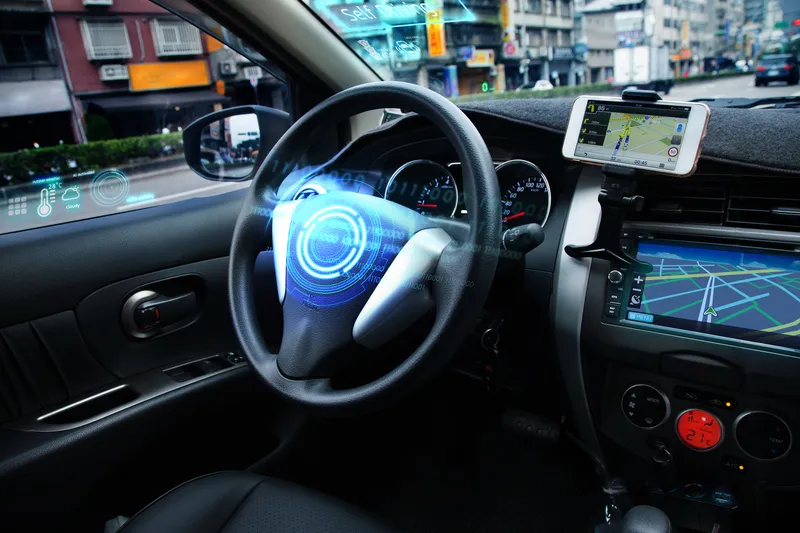Sony’s new 2.45 (effective) megapixel CMOS image sensor, the IMX390CQV type 1/2.7, is equipped with an LED flicker mitigation function that reduces flickering when shooting LED signs and traffic signals, as well as an HDR function capable of 120 dB wide dynamic range shooting. The sensor also offers high-sensitivity performance capable of producing high-quality colour images even in very low light conditions.
December 11, 2017
Read time: 1 min

Designed primarily for automotive cameras the sensor has been developed to comply with ISO26262 automobile functional safety standards and functional safety requirement level ASIL C, which Sony claims make it ready for use in forward-sensing cameras for advanced driver assistance systems (ADAS) and cameras for camera monitoring systems (CMS).









